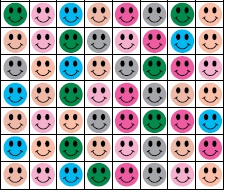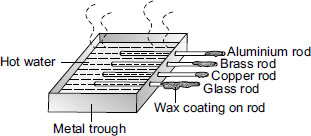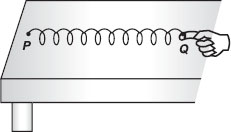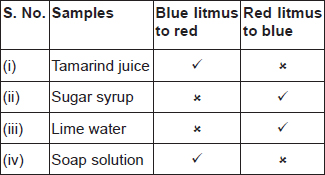Ans 1:
Ans 3:
Ans 4:
Ans 6:
Ans 7:
Ans 8:
Ans 9:
Ans 11:
Ans 13:
Ans 15: (Master Answer)
The correct answer is C
Flower changes into fruits and fruit bears seeds. Seeds give rise to new plants when sown into soil.
Ans 16:
Ans 17:
Ans 18:
Post Your Answer
Ans 2:
Ans 10:
Ans 11:
Ans 13:
Ans 16:
Ans 18:
Ans 20:
Post Your Answer
Post Your Answer
Ans 1:
Ans 3:
Ans 4:
Ans 5: (Master Answer)
The correct answer is D
In transverse wave, vibration of a wave is perpendicular to its direction of propagation of wave.
Post Your Answer
Ans 5: (Master Answer)
The correct answer is A.
Sugar syrup is neutral and hence the colour of blue litmus and red litmus remains unchanged. Tamarind juice is acidic, so blue litmus turns red but red litmus does not change its colour. Lime water and soap solution are basic in nature which turn red litmus blue whereas blue litmus remains unchanged.
Post Your Answer
Ans 1: (Master Answer)
Fish Y will be least affected as it is camouflaging with the sea weeds. Fish Y can easily escape from the predator by blending with the surrounding environment.
Post Your Answer
Ans 6:
Ans 9:
Ans 11:
Ans 12:
Ans 13:
Ans 17:
Post Your Answer
Post Your Answer
The following table shows some information on four plants, (A), (B), (C) and (D). A tick (√) indicates that the plant shows that particular characteristic.

Based on the information above, which letter, W, X, Y or Z, best represent plants (C) and (D)?
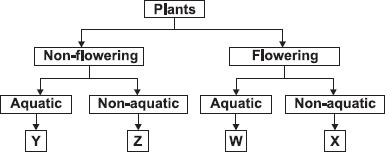
| Plant (C) | Plant (D) | |
| A | W | X |
| B | X | Y |
| C | Y | Z |
| D | Z | W |
Ans 3: (Master Answer)
The correct answer is A.
Both plants ‘c’ and ‘d’ bear fruits. This means they are flowering plants as only flowers change into fruits. Plant ‘c’ grows in water i.e., it is an aquatic plant but plant ‘d’ does not grow in water thus, it is a nonaquatic plant. Hence 'W' and 'X' represent plant ‘c’ and ‘d’ respectively.
